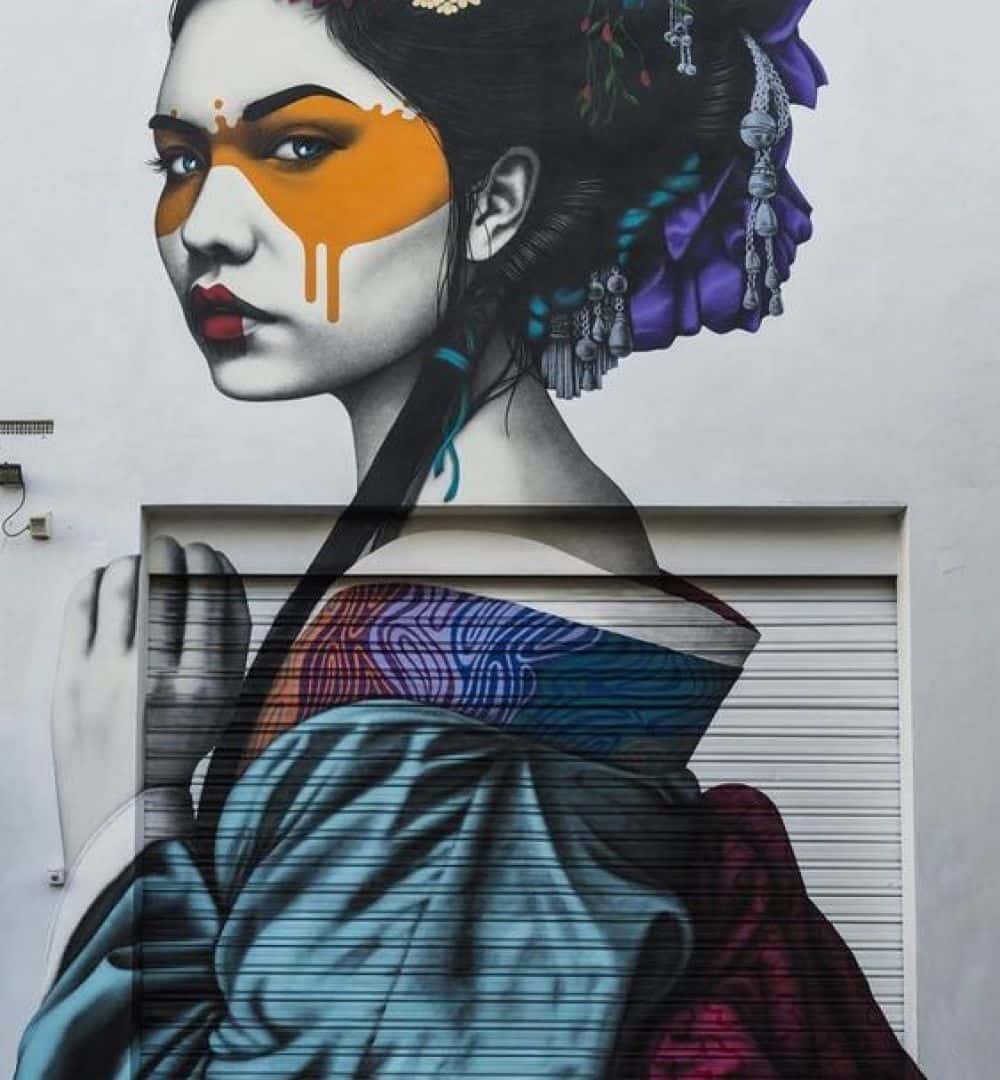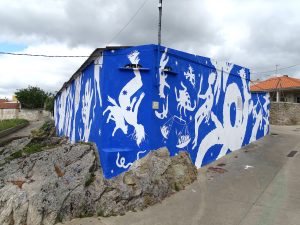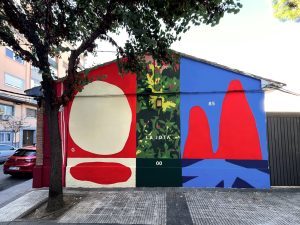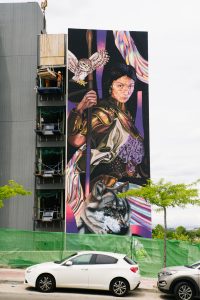An extensive exhibition titled Ai Weiwei. Don Quixote will open at the Museum of Contemporary Art of Castilla y León (MUSAC) in León, Spain, on November 9. This ambitious project showcases a variety of works, including large-scale installations, pieces created with toy bricks, and films. Spanning around 1,700 square meters—more than half of the museum’s total exhibition space—this is one of Ai Weiwei’s most significant exhibitions to date.
The exhibition features 44 works that are designed to be immersive. Each gallery room is adorned with wallpaper-style artworks that reach over six meters in height. In addition to the installations, visitors can experience ten films that summarize Ai Weiwei’s cinematic and video art journey, including the powerful documentary Human Flow (2017) and the extensive Beijing 2003 (2003), which captures 150 hours of footage from the streets of Beijing.
MUSAC will also host the first extensive display of Ai Weiwei’s series created with toy bricks, featuring 19 out of the 60 pieces he has made since 2007. The artist employs LEGO as a medium to challenge traditional art forms, stating that it allows him to explore political and aesthetic narratives without the weight of historical conventions. One of the highlights includes The Third of May (2023), a large painting that reinterprets Goya’s iconic work, reflecting on themes of sacrifice and societal upheaval.
The exhibition includes three distinct groups of works created with toy bricks. The first features 1:1 scale recreations of art history masterpieces, like Andy Warhol’s version of The Last Supper. Ai Weiwei emphasizes the thoughtfulness behind his selection of masterpieces, aiming for them to resonate with his personal and political experiences.
The second group incorporates contemporary media references, such as the U.S. retrieving a Chinese surveillance balloon’s remnants, highlighting current geopolitical and humanitarian crises. The final group connects to Ai Weiwei’s previous works, like Illumination (2019), which reflects his experiences with police surveillance.
Among the monumental installations is La Commedia Umana (The Human Comedy) (2017–2021), a massive Murano chandelier measuring over eight meters tall and weighing 2,700 kg. This artwork, crafted with the help of artisans, serves as a commentary on humanism and the ongoing struggles humanity faces, including refugee crises and environmental challenges.
Curated by Álvaro Rodríguez Fominaya, the exhibition represents a culmination of Ai Weiwei’s artistic journey, addressing themes of freedom, human rights, and the refugee experience. The show will run until May 18, 2025, and it is the only venue where this unique collection will be displayed, inviting audiences to engage deeply with the artist’s thought-provoking work.
Photos courtesy of Ai Weiwei Studio.










































comment